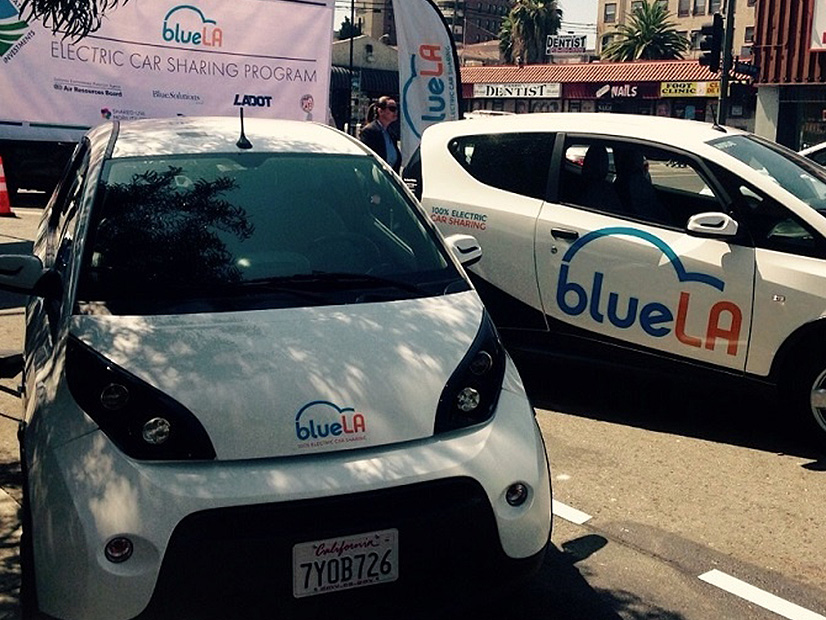
When trying to incorporate equity into EV charging programs, simply placing a charger in a disadvantaged community is not enough, speakers said last week during a Western regional EV charging summit.
“It’s not … just about putting that dot on the map in that community because the map says that’s where it should go,” said Kay Kelly, chief of innovative mobility at the Colorado Department of Transportation. “It’s really about involving the community, understanding what their needs are, and making sure that they have an opportunity to benefit from that location.”
Kelly’s comments came during the National EV Charging Initiative’s Western Summit on Dec. 14. The initiative is a coalition working to develop a national charging network for light-, medium- and heavy-duty electric vehicles.
Kelly said that charger installation can be accompanied by community benefit agreements. Benefits might include using the local workforce to build and maintain charging stations — or training residents to service electric vehicles. Community members can be offered charging at reduced rates, or the chargers can be used to support community EV car share programs.
Another option is making the charging stations available to electric transit or school buses that serve the community.
“What we certainly don’t want to have is for EV charging stations to become an instrument of gentrification for that neighborhood,” Kelly said.
CEC Perspective
Kelly was part of a panel discussion on challenges to EV charger deployment. The panel also included Mark Wenzel, branch manager of light-duty electric vehicle infrastructure and analysis at the California Energy Commission.
Wenzel said the CEC performs equity analysis of charger placement. To aid in that process, CEC has launched an effort to better measure benefits provided by the agency’s Clean Transportation Program, which includes funding for EV charging infrastructure.
The CEC held a workshop on community benefits last month and plans to continue gathering public input. The agency hopes to publish a draft community benefits framework by mid-2023, it told NetZero Insider.
There’s also a Disadvantaged Communities Advisory Group that reviews clean energy programs and policies from the CEC and CPUC.
Wenzel said some of the CEC’s funds go toward at-home charging in low-income and disadvantaged communities, including at multi-family housing complexes, so those residents can have access to low-cost, convenient EV charging.
The panelists also discussed community engagement. Kelly said it’s not enough to listen to comments during government meetings, where community members typically have two or three minutes apiece to state their views.
“We need to be having more roundtable discussions,” she said. “More walking tours. More authentic engagement with communities that transcends what that typical government meeting model looks like.”
Rolling Out NEVI Plans
The goal of the National EV Charging Initiative is to “spur bold actions” in public and private sectors in response to the Infrastructure Investment and Jobs Act.
In January, the initiative hosted a national conversation on EV infrastructure. Now, the focus is shifting to the states, “where the most important activities to ensure successful deployment of the national EV charging network occurs.” Last week’s Western summit was the first in what’s expected to be a series of regional events.
As part of the IIJA, the federal government is awarding $5 billion over five years to fund state EV charger plans submitted under the National Electric Vehicle Infrastructure Formula Program (NEVI). All 50 states plus the District of Columbia and Puerto Rico submitted NEVI plans; all have been approved. The states now have $1.5 billion in formula funding to start implementing the plans. (See US Completes Review of State EV Charging Plans.)
In a second panel discussion during last week’s summit, Sara Rafalson, vice president of market development for EVgo, discussed barriers to building out a national EV charging network.


